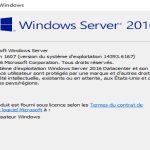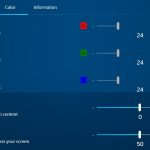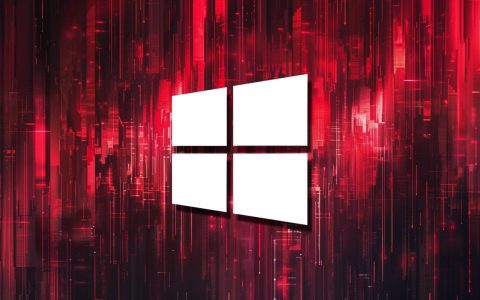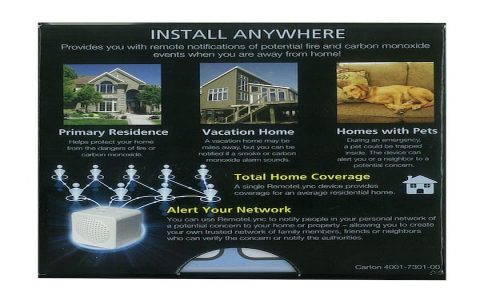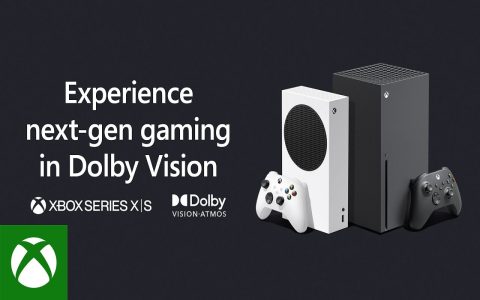While Wine (Wine Is Not an Emulator) is a powerful compatibility layer allowing many Windows applications to run on Linux, users can encounter various issues. Understanding these common problems can help in troubleshooting.
Compatibility and Application Support
Not all Windows applications or games work flawlessly with Wine, or at all. Issues include:
- Application Crashes: Programs may start but then unexpectedly terminate.
- Missing Features: Some functionalities within an application might not work correctly or be unavailable.
- DRM and Anti-Cheat: Digital Rights Management and anti-cheat systems are frequent sources of incompatibility, particularly with modern games. Some anti-cheat systems explicitly block Wine.
- Specific Windows APIs: If an application relies on Windows APIs that are not fully implemented or have bugs in Wine, it will likely malfunction.
Performance Issues
Performance can sometimes be subpar compared to running an application natively on Windows.
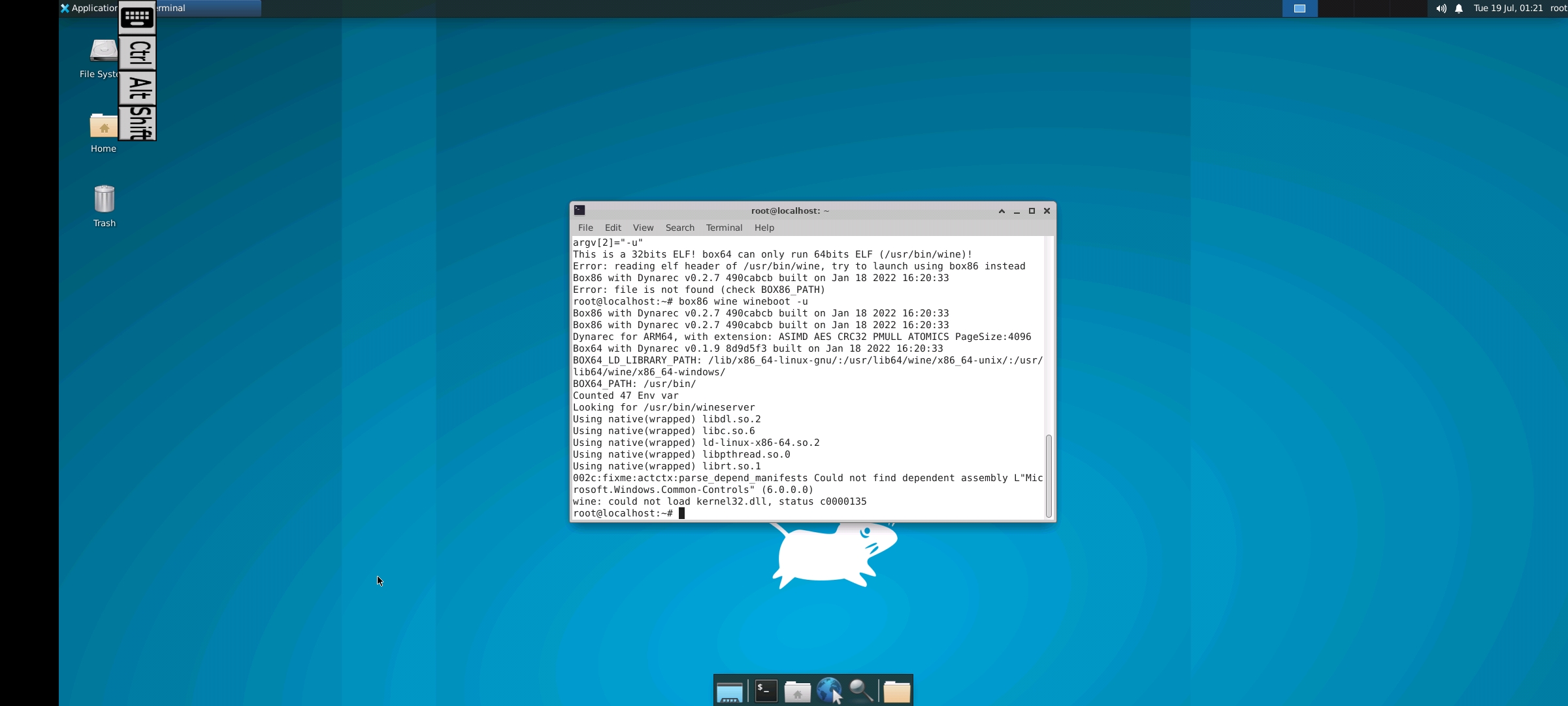
- Lower Framerates: Games might experience lower FPS due to the overhead of API translation.
- Stuttering or Lag: Input lag or visual stuttering can occur, especially in demanding applications.
- Resource Intensive: Wine's translation process itself consumes system resources.
Dependency Management
Windows applications often rely on specific libraries or runtimes (e.g., .NET Framework, Visual C++ Redistributables). Missing or incorrect versions of these can cause problems.
- Installation Failures: Applications may fail to install if dependencies are not met.
- Runtime Errors: Even if installed, applications might crash at runtime due to missing DLLs or components. Winetricks is often used to manage these, but it's not foolproof.
Graphics and Display Problems
Rendering issues are common, especially with graphically intensive applications.
- Visual Artifacts: Incorrect rendering, texture glitches, or graphical corruption.
- Resolution and Fullscreen Issues: Problems achieving desired resolutions or proper fullscreen behavior.
- Driver Sensitivity: Performance and compatibility can be highly dependent on graphics driver versions and configurations (Mesa for AMD/Intel, NVIDIA proprietary drivers). DXVK (for DirectX 9/10/11 to Vulkan) and VKD3D-Proton (for DirectX 12 to Vulkan) improve compatibility but can introduce their own issues.
Audio and Input Issues
Problems with sound or peripheral input can occur.
- Sound Glitches or No Audio: Issues with audio playback, latency, or complete lack of sound.
- Input Device Incompatibility: Problems with controllers, joysticks, or specific keyboard/mouse functionalities.
Configuration Complexity
Setting up and configuring Wine for specific applications can be complex.
- Wineprefixes: Managing separate Wine environments (prefixes) for different applications can be cumbersome.
- DLL Overrides and Registry Edits: Sometimes necessary manual tweaks to Wine's configuration are required, which can be daunting for inexperienced users.
- Wine Versioning: Different versions of Wine can have varying levels of compatibility with specific applications. Tools like Lutris, Bottles, or Proton (within Steam) help manage Wine versions and configurations but add another layer of software.
Troubleshooting often involves checking the Wine AppDB for application-specific guidance, experimenting with different Wine versions, ensuring up-to-date graphics drivers, and utilizing tools like Winetricks or specialized Wine front-ends.



